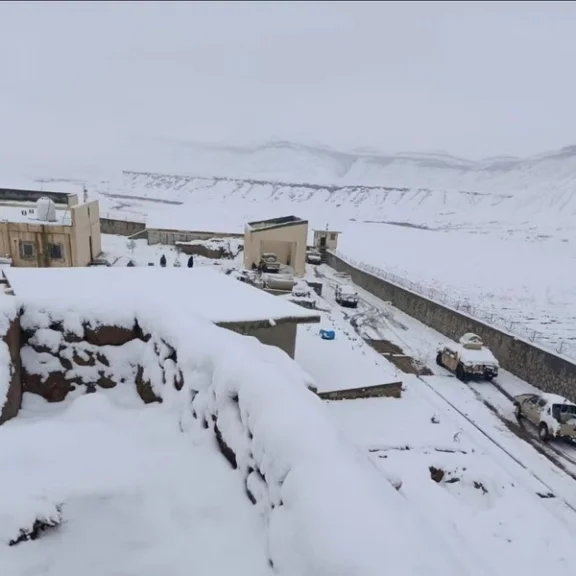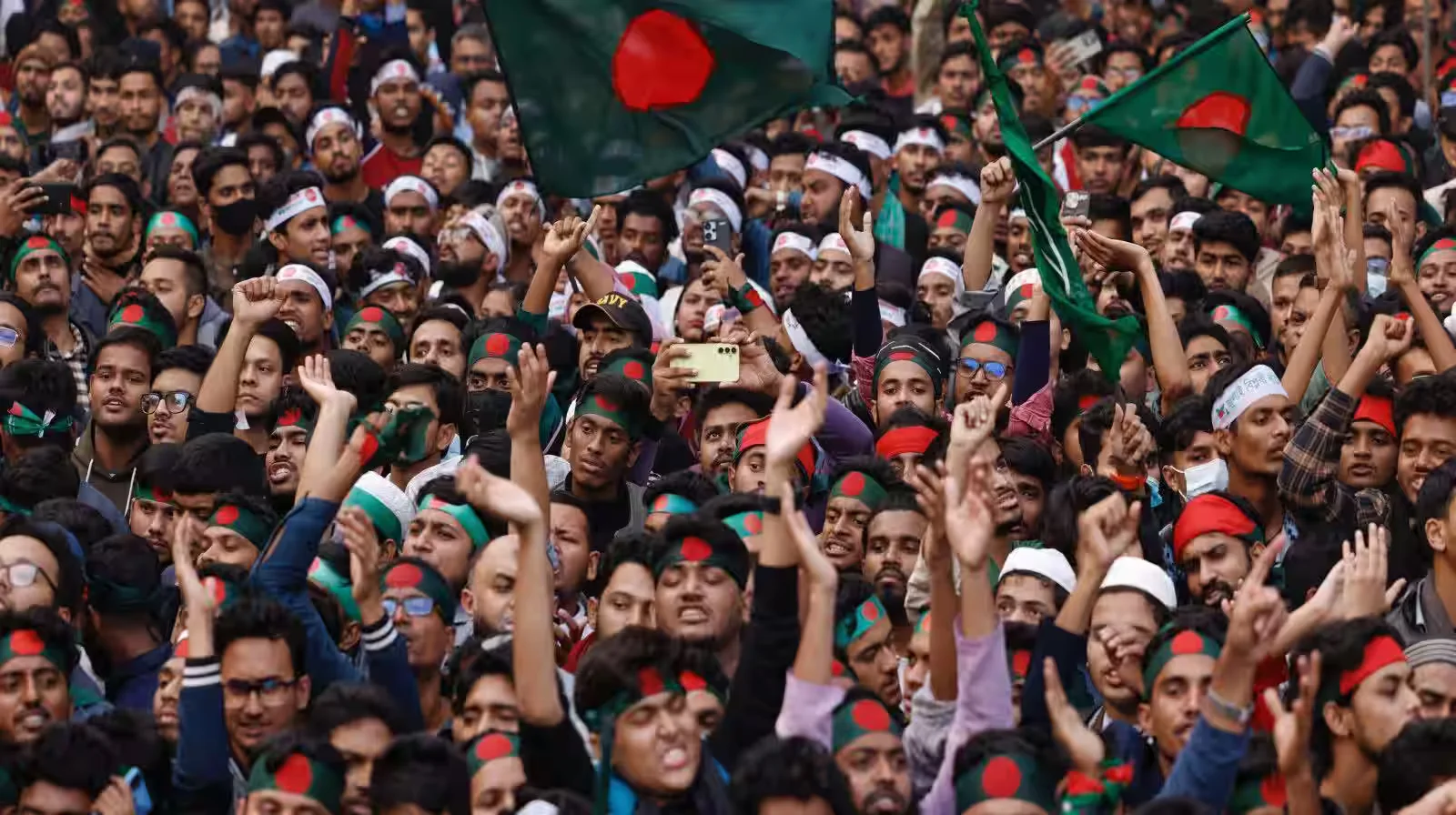A recent study by the Stimson Center, a respected U.S.-based think tank, has lent further support to Pakistan’s claims that India lost several aircraft during Pakistan’s counter-air operations in the May 2025 conflict. Indian officials had previously denied any such losses, even in the face of mounting independent and international evidence. However, the Indian Chief of Defence Staff has now admitted to the losses—though he refused to disclose the exact number. Independent assessments estimate the number of downed Indian jets to be between six and seven.

This confirmation marks yet another rupture in India’s long-maintained narrative of dominance and control, a narrative increasingly discredited by neutral observers. The same findings had already been reported by independent international outlets such as Reuters, CNN, and even Indian sources. Notably, a report by The Hindu Bureau—later removed from their website—acknowledged the crash of three Indian fighter jets in Ramban, Pampore, and Akhnoor, supported by imagery credited to the Associated Press.
Indian Missile Strikes and Their Limited Impact
The report also states that India was successful in hitting some targets in Pakistan in the second phase of conflict. This statement should be understood in a nuanced way.
India launched dozens of ground-based missiles at Pakistan during the second phase of the conflict. While most were successfully intercepted, some did manage to strike Pakistani territory. It is important to note, however, that no missile defense system is foolproof. Even Israel’s most advanced systems have been breached by Hamas and Houthi missiles multiple times , and the Iranian missile strike on Israel’s Nevatim Air Base is a stark reminder that even the most sophisticated systems cannot intercept every projectile. Thus, a few successful Indian hits should not be exaggerated as a sign of operational superiority.
Pakistan’s Proportionate and Strategic Response
In contrast, Pakistan’s response was both measured and strategically precise. Under Operation Bunya-Um-Marsoos, Pakistan deployed only a fraction of its ballistic missile capabilities, relying primarily on short-range tactical missiles such as the Fatah-I and Fatah-II. These were not Pakistan’s most advanced missiles, which are capable of striking across the entirety of the Indian landmass with far heavier payloads. Yet even this restrained response yielded significant results, with open-source intelligence (OSINT) and independent outlets publishing visuals of Pakistani missiles striking targets as far as Jammu, Indian Punjab, and Himachal Pradesh.
India’s Concealed Losses and the Missing Pilots
Despite mounting evidence, India has remained silent on critical details—most notably the fate of the pilots from the downed aircraft. While India has finally acknowledged that jets were lost, it has not provided any information on the personnel involved, raising serious questions. In such a climate of selective transparency, it is quite possible that India is actively hiding its losses in Pakistani missile strikes.
Pakistan’s Full-Spectrum Warfare
Pakistan’s response was not limited to missile and aerial engagements—it was a full-spectrum campaign that included air, land, sea, and cyber operations. Reports confirm that Pakistan neutralized 84 Indian drones using soft-kill methods, destroyed 6 to 7 fighter jets, and even struck India’s S-400 Russian-made air defense systems. The effectiveness of Pakistan’s cyber operations was particularly significant, reportedly rendering 70% of India’s power grid inoperative, thereby severely limiting India’s ability to coordinate further military operations.
This demonstrates Pakistan’s capacity to conduct modern, multidomain warfare, employing conventional and non-conventional tools to effectively deter Indian escalation.
The Battle for Global Opinion: Diplomatic Fallout
Beyond the battlefield, India is also struggling on the diplomatic front. Having lost ground internationally—particularly on the Kashmir issue—India has launched an aggressive diplomatic campaign, sending a 59-member delegation to more than a dozen countries in an attempt to regain lost standing. However, such efforts only underscore the magnitude of its diplomatic setback, especially in the wake of Operation Sindoor, which has failed to deliver the strategic gains India initially claimed.
In contrast, Pakistan’s media and diplomatic response has been transparent, evidence-based, and methodically coordinated. Islamabad’s invitation to global media outlets to visit impacted sites, along with public briefings on both Pakistani and Indian losses, has been documented and welcomed internationally. Meanwhile, India’s refusal to allow Dassault Aviation—the French manufacturer of the Rafale jets—to inspect the crash sites, further underscores its reluctance to subject its narrative to independent scrutiny.






